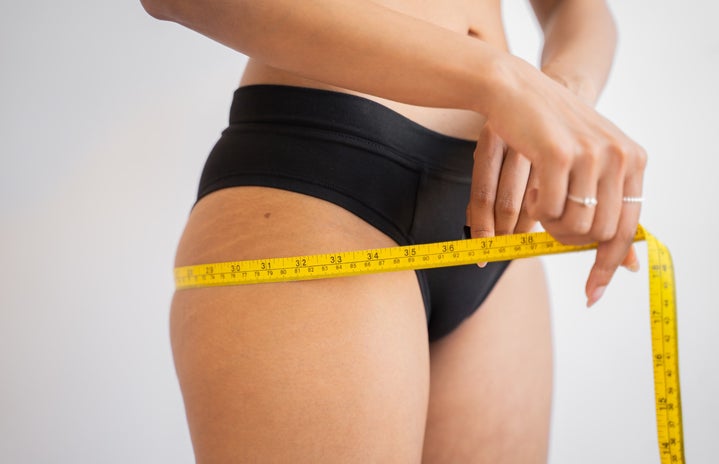As part of Disney’s Stories Matter initiative – a pledge to become a more inclusive company championing the ‘spectrum of voices and perspectives in our world’ – Disney recently released the short animation Reflect. The film centres around a plus size ballet dancer battling with what she sees in the mirror, tackling issues of body dysmorphia and self-doubt. The film is a huge step away from the traditional Disney princess standard of tiny waists and slender necks, however, the film has received criticism for not being long enough to truly reflect the nuances involved in body positivity movement and for creating a story in which a plus size girl’s ‘tragedy’ revolves entirely around her weight.
Social media has questioned Disney’s intentions behind the film, with concerns that Disney is simply trying to ‘tick a box’ in order to maintain mainstream popularity. Ironically, social media itself is just as guilty. Instagram feeds are currently filled with ‘body positive’ posts promoting messages about loving yourself and your body, calling for us to move away from biases and discrimination against larger bodies. However, far from promoting a truly diverse spectrum of bodies, the movement continues to exclude marginalised bodies, as noted by the singer Lizzo who says that the movement has shifted to celebrate “medium and small girls and people who occasionally get rolls”. The singer went on to discuss how “fat people are still getting the short end of this movement…getting talked about, memed, shamed.”
The majority of posts on instagram feature slim white women, contorting their bodies to display a singular, roll of tummy fat or gripping their thighs to showcase some cellulite. But the truth is that as much as all bodies roll and jiggle, they still don’t match this projected norm. Bodies aren’t uniform. Most women’s bodies aren’t symmetrical, have scars and spots, parts missing and different shades. The movement often ignores LGBTQ+ bodies, disabled bodies and more. Indeed, this preoccupation with the way we look only serves to reinforce an obsession with appearance over all else and creates a narrative that lack of body positivity is a failure of the individual. The body positivity movement is, fundamentally, an ideal. Whilst body confidence and positivity are significant, it is also important to normalise the feeling of being insecure or unhappy and to accept that not every day is the same when it comes to someone’s relationship with their body.
The solution? ‘Body neutrality.’ Body neutrality shifts attention away from appearance and promotes neither loving nor criticising the body. Instead, body neutrality focuses on respecting the body for what it is and learning to appreciate what our body does for us as a functional unit rather than as an aesthetic object. This emphasis on function limits emotional response, advocating that it does not matter if your body is beautiful or not, as long as it functions for the individual.
Body positivity does hold a place in society and should not be sidelined completely. However, body neutrality could provide a more authentic approach that limits the pressure to uphold a ‘good’ or ‘bad’ mentality regarding bodies in preference of acceptance of our bodies for what they are.


